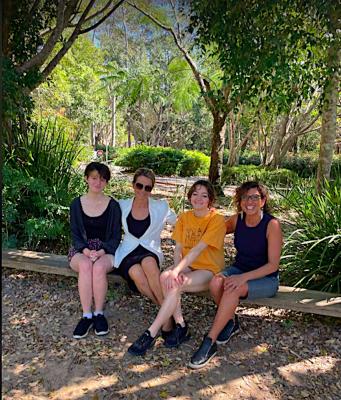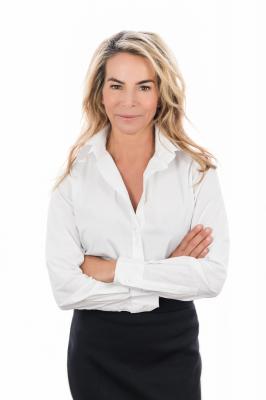
While not everyone would be delighted to have a couple of dozen fuming Greta Thunbergs lecturing us, most people realise that dealing with climate change is an issue that will most impact the next generation, and the sooner they play an active role the better.
As Cr Amelia Lorenston puts it: “The amendment was part of my commitment to include young kids in our political processes and allow them to participate and debate issues that affect them … and keep us politicians on our toes.”
At Council’s August Ordinary Meeting, Cr Lorentson’s amendment was to “request the CEO to investigate options for the formation of a Youth Reference Group, to participate in Council’s climate change response and contribute to practical solutions”.
As a result council’s carbon reduction project officer Annie Nolan (who is also completing a PhD on eco-anxiety) has been commissioned to pull a reference group together before the end of the year.
Cr Lorentson told the meeting: “We have low or no representation of young people in any of our advisory groups. [She was being kind, we have none.] I acknowledge the great work done by Dalia Mikhail from the Noosa Environmental Education Hub, and expect that members of her Youth Advocacy Group will be represented in this reference group. I also envisage representation of youth ranging in age from eight to 19. The reference group will allow our kids to partake in politics and decision-making in matters that affect them. It is also Council’s opportunity to listen to all of our constituents, including our youth, and to understand what climate change means to them, and how it is impacting their mental health.”
As Cr Lorentson pointed out, the Environmental Education Hub has been providing a forum for kids to express themselves about climate change for quite some time, but the point of difference in the council reference group will be that they will play a real role in determining what our climate change response looks like.
Says Cr Lorentson: “I’ve been meeting up with kids from the Youth Advocacy Group and they ask such tough questions about what we’re going to do about cleaning up the waterways, about landfill, about bushfires, and they literally have no idea about what we’re already doing on these issues. We spend so much time on our resilience programs, providing mental support to the community, but in my opinion, we’re forgetting the kids. We need to focus more on that. The idea is that they can give us their views and know that we’re listening to them, and they can also see the process of decision-making and debate.
“This is about nurturing and empowering kids. The exciting part for me is that every kid has some understanding of climate change, but it often comes from the doomsday stuff on social media – we need to let them know there is hope.”
This last point is one we often overlook when discussing the effects on children when they perceive their world is in crisis. I still have vivid memories of the terror I felt as a small child when the Cold War seemed to be threatening nuclear annihilation. The Berlin Wall terrified me, but the Cuban Missile Crisis brought out the sweaty palms and a hollowness in my gut that never seemed to go away.
It must be no different for many children today who lack the filters to tell the difference between scare-mongering and real news about climate change. Council’s initiative will help change that.



![[READER COMPETITION] – Win tickets to the Queensland Ballet at The J Theatre](https://noosatoday.com.au/wp-content/uploads/2025/07/Queensland-Ballet-100x70.png)



